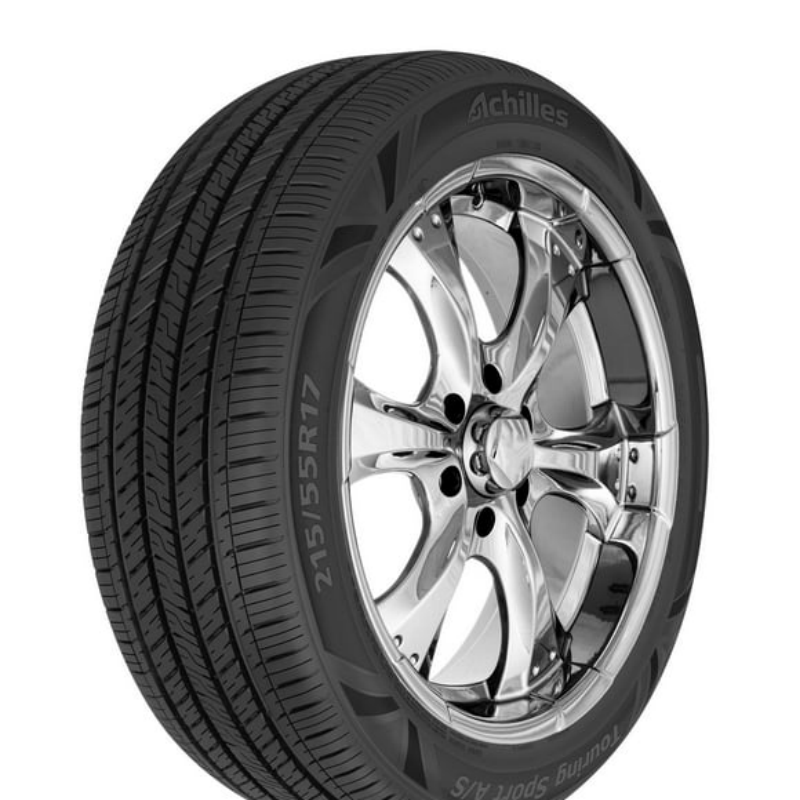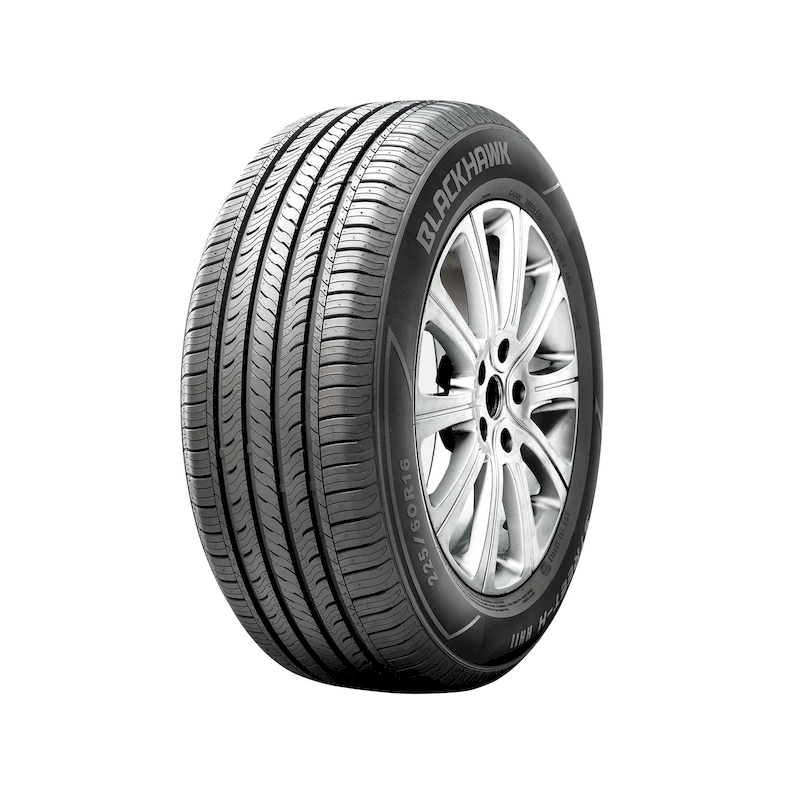Regularly rotating car tires is a crucial aspect of vehicle maintenance that many car owners overlook. The proper technique can help extend the life of your tires, improve handling, and enhance overall safety. Tire rotation helps even out the wear patterns that naturally occur due to differences in weight distribution and driving habits. For example, the front tires generally wear faster than the rear tires, contributing to uneven tread depth. By rotating them regularly, you can promote uniform tire wear, leading to a smoother ride and more dependable performance. In this detailed guide, we’ll cover the importance of tire rotation, the steps involved in the process, various methods for rotation, and tips for maintaining optimal tire health.
Why Rotating Your Car Tires Is Important
Understanding Tire Wear
Tire wear is inevitable, but understanding its causes can help you mitigate its effects. Factors like road conditions, driving style, and vehicle weight distribution all contribute to how quickly your tires wear down. The front tires mainly bear the brunt of turning forces and often wear at a different rate compared to rear tires. Additionally, if your vehicle has front-wheel drive, the front tires will experience even more wear than the rear.
Benefits of Regular Tire Rotation
- Extended Tire Life: Rotating your tires can increase their lifespan by ensuring even wear across all four tires. This practice can save you money by delaying the need for replacements.
- Improved Fuel Efficiency: Properly inflated and well-maintained tires contribute to better gas mileage. Rotating your tires keeps them in good working condition, which can positively impact your fuel economy.
- Enhanced Safety: Unevenly worn tires can lead to loss of traction, especially in wet or icy conditions. Rotating tires helps maintain consistent tread depth, improving grip and handling.
- Better Ride Comfort: Regular tire rotation leads to smoother rides by decreasing vibrations and noise generated by unevenly worn tires.
- Preserving Warranty Coverage: Many tire warranties require regular rotation as part of the maintenance schedule. Failing to rotate your tires could void your warranty.
Recommended Tire Rotation Schedule
How Often Should You Rotate Your Tires?
Most manufacturers recommend rotating tires every 5,000 to 7,500 miles or during routine oil changes. However, specific vehicles may have different recommendations. Always consult your owner’s manual to find the appropriate schedule for your make and model.
Additional Factors Affecting Rotation Frequency
- Driving Conditions: If you frequently drive on rough roads or in extreme conditions, you might want to rotate your tires more frequently.
- Driving Habits: Aggressive driving or frequent hard cornering can lead to faster wear on your tires, necessitating more frequent rotations.
- Tire Type: Different tire designs may have specific rotation requirements. For example, directional tires often need a unique approach.
Tools and Materials Needed for Tire Rotation
Essential Tools
Before you get started with how to rotate car tires, gather the necessary tools and materials to complete the job effectively:
- Car Jack: A hydraulic or scissor jack will help you lift your vehicle safely.
- Jack Stands: Always use jack stands for added safety to secure your vehicle while you work.
- Lug Wrench: A lug wrench will allow you to remove and tighten the lug nuts on your tires.
- Tire Pressure Gauge: This tool measures your tire pressure accurately. Maintaining recommended pressure is essential.
- Torque Wrench: A torque wrench helps tighten lug nuts to the manufacturer’s specified torque levels, ensuring they are neither too loose nor too tight.
Optional Materials
- Tire Cleaner: To clean your tires before rotation, enhancing their appearance and longevity.
- Tire Dressing: If you want to add a protective coating to your tires after rotation, consider using tire dressing products.
Preparing for Tire Rotation
Step 1: Safety Precautions
Before starting, ensure that your vehicle is parked on a level surface and the parking brake is engaged to prevent any unintended rolling. Gather your tools and make sure they are in good working condition.
Step 2: Inspect Your Tires
Before performing a tire rotation, take a moment to inspect each tire for any signs of damage, such as bulges, cuts, or excessive wear. Check the tread depth using a tread depth gauge or the penny test to ensure that the tires are still safe to use.
Step 3: Note Tire Positions
Before removing the tires, take note of their current positions. This helps you decide the new positions based on the rotation pattern you choose.
How to Rotate Car Tires: Step-by-Step Instructions
Step 4: Loosen Lug Nuts
Using your lug wrench, slightly loosen the lug nuts on all four tires while the vehicle is still on the ground. This will make it easier to remove them once the car is lifted. Do not completely remove the lug nuts yet.
Step 5: Lift the Vehicle
Using your jack, raise the vehicle. It may be helpful to lift one side at a time or lift the front and rear together, depending on your preference and the type of jack you have. Always ensure you place jack stands under the frame of your vehicle for extra safety.
Step 6: Remove the Tires
Now it’s time to remove the loosened lug nuts completely. After removing the tire from the hub, place it on a clean surface away from the work area. Repeat this step for all four tires.
Step 7: Rotate the Tires
Choose the appropriate rotation pattern for your vehicle. Common patterns include:
- Front-to-Rear: For rear-wheel-drive vehicles, move front tires straight back to the rear and rear tires straight forward to the front.
- Cross Pattern: This pattern is often used for front-wheel-drive vehicles. Move the front tires diagonally to the back (left front to right rear and right front to left rear) and reverse the rear tires directly to the front.
- Side-to-Side: Some all-wheel-drive vehicles may only require a side-to-side pattern without changing the front to rear position.
Step 8: Install the Tires
Once the tires are in their new positions, place them back onto the wheel hub. Hand-tighten the lug nuts to ensure they hold the tire in place before lowering the vehicle.
Step 9: Lower the Vehicle
Carefully lower the vehicle back to the ground using your jack, then remove the jack stands.
Step 10: Tighten the Lug Nuts
Using your torque wrench, go around the vehicle and tighten the lug nuts to the manufacturer’s specified torque. This ensures all connection points are secure and reduces the potential for future wheel misalignment.
Final Checks and Maintenance
Step 11: Check Tire Pressure
After rotating the tires, check the tire pressure using the tire pressure gauge. Ensure that each tire is inflated to the recommended levels. You can find this information in your owner’s manual or on a sticker inside the driver’s side door.
Step 12: Clean the Tires
Cleaning the tires is an essential step that many forget; using a tire cleaner and tire dressing can enhance the appearance and life of your tires.
Step 13: Drive Normally and Monitor Performance
After completing the rotation, take your vehicle for a short drive to test the handling. Listen for any unusual noises and check for vibrations. If anything seems off, it may be worth consulting a professional to assess potential issues.
Common Mistakes to Avoid During Tire Rotation
Mistake 1: Not Following Rotation Patterns
Failing to follow a suitable tire rotation pattern can lead to uneven wear patterns, negating the benefits you expect from rotating your tires. Always be conscious of the correct pattern for your vehicle’s drive type.
Mistake 2: Neglecting Tire Pressure
After rotation, ensure you check and adjust tire pressure. Driving with improperly inflated tires can lead to safety hazards, as well as reduced tire longevity.
Mistake 3: Ignoring Tread Depth
How to rotate car tires? Regularly monitoring tread depth can prevent dangerous situations. Tread should not be below 2/32 of an inch. If you notice any tire is worn down, consider replacing it to maintain safety during your drives.
Conclusion
How to rotate car tires? Understanding how to rotate car tires is an essential skill for any vehicle owner. Regular tire rotation not only optimizes performance and increases tire longevity but also contributes to a smoother, safer driving experience. By following the steps outlined in this guide, you can confidently tackle tire rotations yourself, saving money on maintenance costs while ensuring your vehicle remains in top condition.
Remember that vehicle maintenance is not just about one task; it’s part of a broader strategy for protecting your automotive investment. Keeping track of your rotation schedule, monitoring tire conditions, and maintaining proper inflation levels will collectively enhance your vehicle’s efficiency and safety. The effort you put into rotating your tires will pay off, leading to a comfortable ride and improved handling.
So gather your tools, get familiar with the steps, and embrace the satisfying task of rotating your car tires. Your vehicle will thank you for it!

